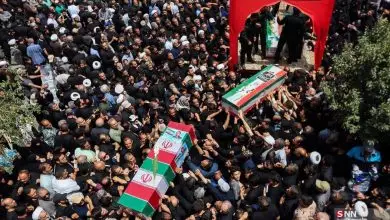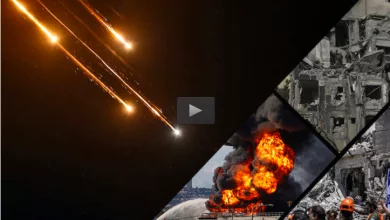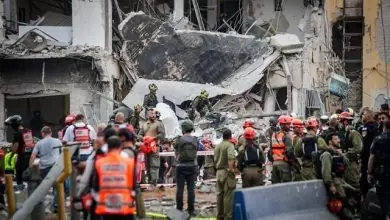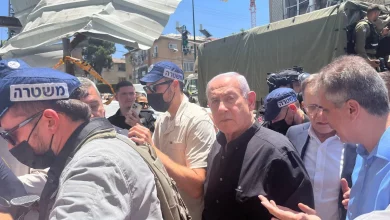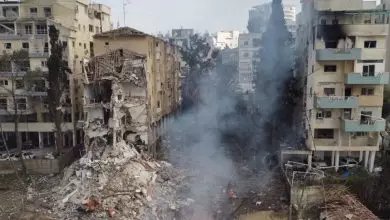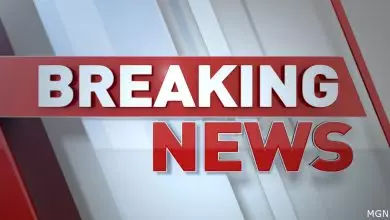Iran’s NAM Presidency: What Now?
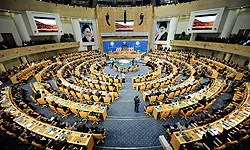
On August 30, 2012, Iran assumed the rotating presidency of the Non-Aligned Movement (NAM) for a three-year term.
Despite Western pressures, some 120 countries sent representatives to the NAM Summit, which kicked off on August 26 with a two-day expert-level meeting in the Iranian capital, followed by a foreign ministerial meeting that ended on August 29.
At the end of the 16th Summit of the Non-Aligned Movement, the heads of states approved the final draft of the meeting’s resolution. The final resolution backs Iran’s nuclear energy program while condemning unilateral Western sanctions against Tehran.
The resolution also supports the rights of the Palestinian nation, calls for global nuclear disarmament, seeks reforms at the United Nations, and slams Western plots aimed at spreading Islamophobia and racial discrimination across the globe.
Seeing the hostile campaign by the United States and its allies to dissuade member countries from attending and to strengthen their campaign of isolating Iran, the very holding of the Summit was indeed a diplomatic success for Iran.
But that was yesterday news. What about now? Well, we all know that all eyes are now on Iran’s NAM presidency and what Tehran could do next to help provide opportunities for the member states in developing bilateral/regional ties.
Besides the diplomatic agenda and the moral high ground (i.e., resolving the Syrian crisis and helping the Palestinians), one gigantic task has to be the strengthening of South-South cooperation, plus the importance of North-South cooperation to adjust to the development priorities of the countries of the South. And we haven’t even started talking about other major priorities such as sustainable development, environment, nuclear disarmament and the struggle against terrorism, which continue to affect the future of a majority of the people and the survival of the world itself.
It is obvious that condemning the nuclear powers and some of their practices is not enough per se. Irrespective of what NAM approved at its final resolution at the Tehran Summit, the nuclear weapon states will certainly drag their feet on nuclear disarmament; deny the non-nuclear weapon states the nuclear fuel cycle technology to which the NPT appears to entitle them, and turn a blind eye to the nuclear threat posed by Israel.
This long list of challenges and double standards could go on forever, especially for Iran and its short-term leadership of the Movement. Thus the biggest mistake could be to try and resolve these outstanding issues all at the same time, which is impossible and inconceivable.
A safe option, though, has to be prioritizing the short-term objectives and plans of the NAM – especially those approved by the heads of states in the final resolution. These short-term objectives could include solving the Syrian crisis immediately, helping the Palestinian people, fighting against the unilateral sanctions imposed by the West against the NAM countries, and broadening bilateral/regional ties et al.
It goes without saying that the push for global nuclear disarmament or even reforms at the structure of the United Nations could take much longer than Iran’s three-year leadership of the NAM. Given the hostility of the West, these should be considered as long-term goals and the Movement should come up with long-term plans for them.
However, the success of this year’s NAM forum indicates that many countries identify with Iran’s long-term quest to challenge the incumbent international order. The US should take into account this new development, as well as Iran’s chairmanship of the NAM, when formulating policy for its future dealings with Tehran.
As declared in the official communiqué, the Summit confirms the underlying spirit of unity among its member nations. There has also re-emerged a clear and bold expression of developing nations’ deep-seated desire for self-respect and equality in the comity of nations, spread over the continents of Asia, Africa and Latin America.
The holding of the Summit in the Iranian capital equally underlines the united support of the non-aligned nations to the leadership of Iran, which has been facing illegal sanctions over its nuclear energy program for years. The gathering was unquestionably a diplomatic triumph for Iran, and Western politicians know it just too well. It is exactly in this context that the frustration and annoyance of the Western state-run media can be explained.
Despite the deceitful approach by Western media, or the prejudiced and lopsided statements by Western politicians about Iran’s position in the international community, Iran’s three-year presidency of the NAM is indeed a remarkable opportunity in the bid to reshape the global governance and make it more democratic.
With an independent country such as Iran as the new chairman on board, the Non-Aligned Movement, the second largest international organization that comprises two-thirds of the UN membership has a future full of opportunity, and is surely set to offer an alternative model of international relations based on universal principles of truth, justice, equality, peace, security and prosperity.
Under the circumstances and especially given the decline in the unipolar world and the emergence of new powers from among the developing nations, a new, just and equitable world order is also imaginable and likely in a future not that far.

